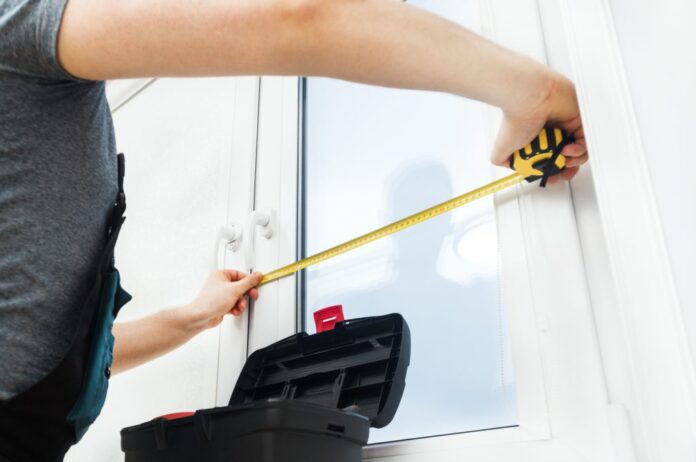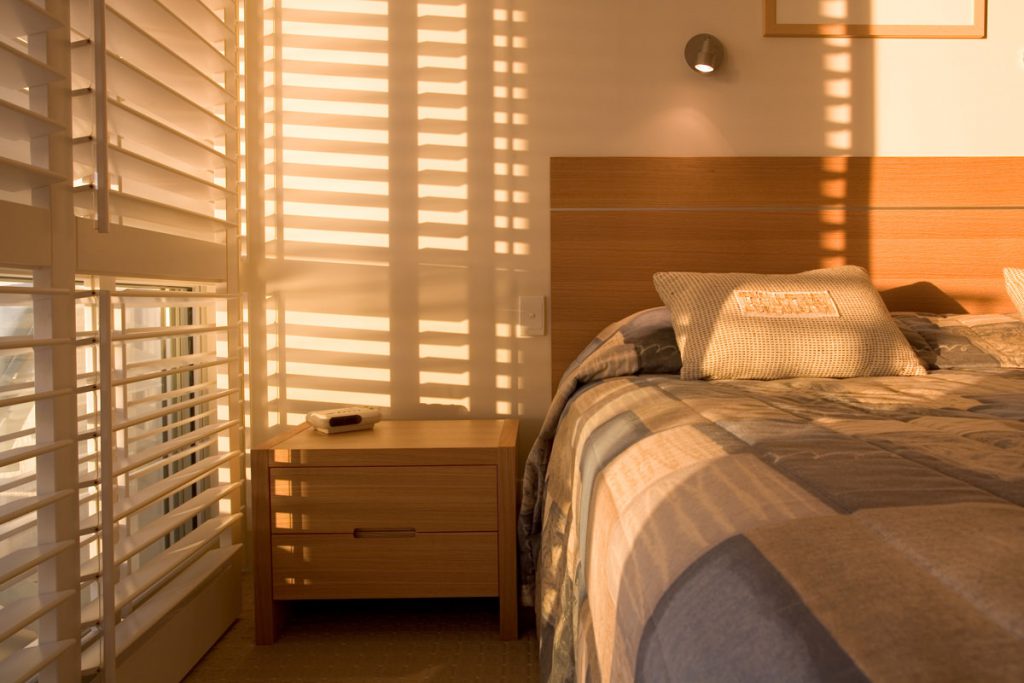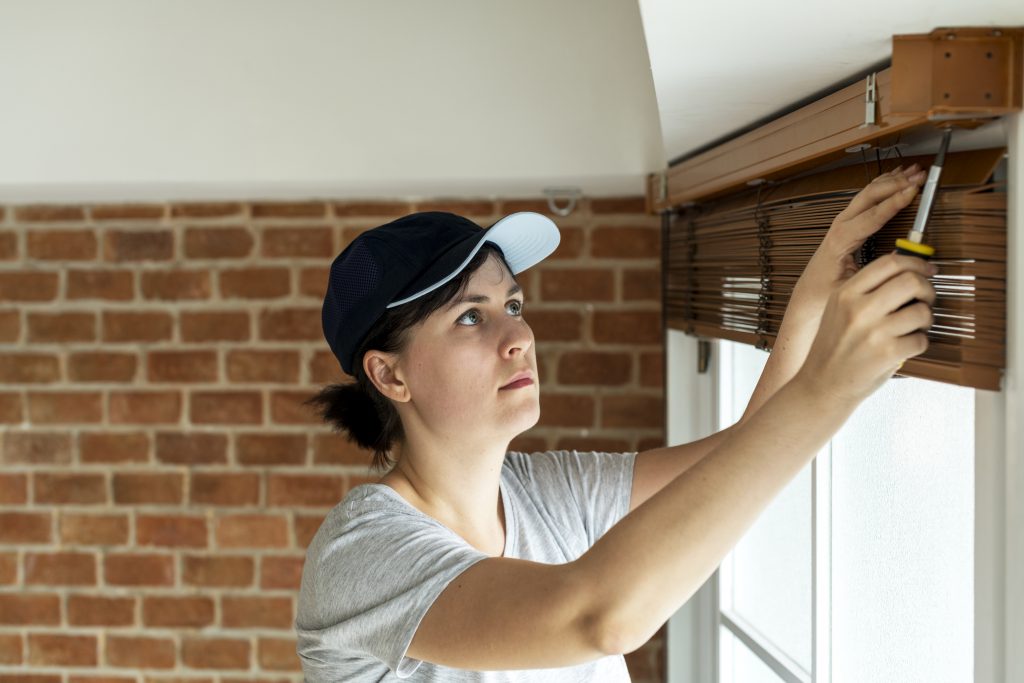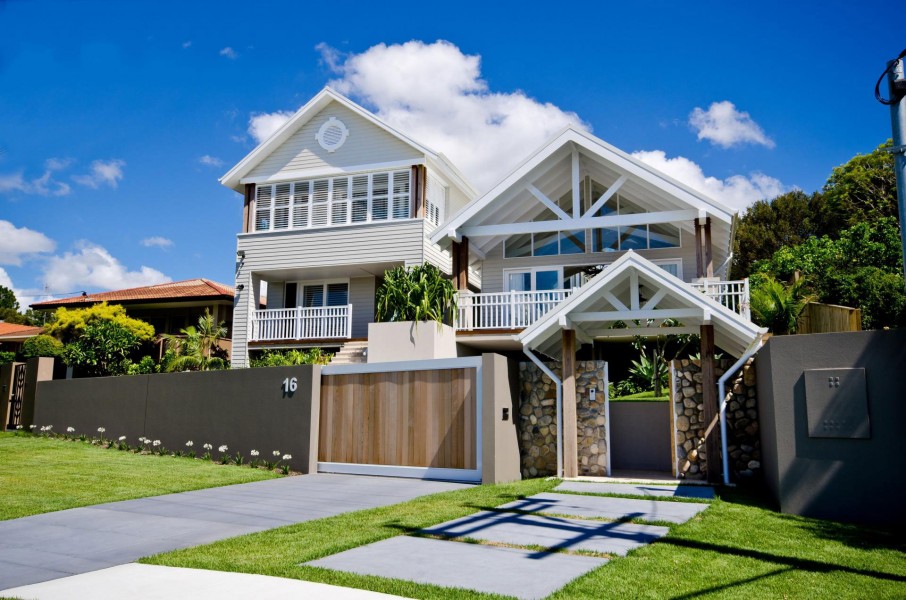Automatic window covers are a great way to harvest, conserve, and utilize light energy without you adjusting them. They give you convenience while reducing your energy costs. But just how much do automatic blinds cost to set up? Keep reading to learn more about the average motorized shade cost and what goes into it.
Types of Automatization
There are a variety of ways to automate your window blinds. You can choose from several different systems that suit your needs, whether you’re looking for a simple way to raise and lower your blinds or something more sophisticated that is programmed to open and close based on the time of day.
Some of the most popular types of window blinds automation systems include motorized blinds, remote-controlled blinds, and sensor-based blinds. Motorized blinds use a motor to raise and lower the blinds. Remote-controlled blinds are operated with a remote control or a mobile app. Sensor-based blinds respond to changes in external factors such as motion, light, or voice commands which instruct the blinds to open or close accordingly.
While choosing the right type of smart roller automation system for your home or office is a matter of personal preference, there are several factors to consider when making your decision. The type of blinds you have, your budget, and how much control you want over the system will dictate what kind of system to go for.
What is Included In the Cost?
Typically, electric blinds cost more than manual blinds. However, with knowledge of what goes into the cost, you can pick and choose what works for your budget.
How much you spend on your automated window coverings depends on several factors. Whether you choose to change your window treatments entirely or retrofit automation into your existing setup, the same factors will affect your motorized shade cost. Let us look at some of the factors below.
Materials
The materials that make up your window treatments are your first concern. Not only do they impact the aesthetics of your home, but will influence the features of your automation setup and the price you pay. You have several materials to choose from such as wood, fabric, vinyl, etc. Depending on the materials you pick, expect to pay as little as $25 for basic shades and as high as $500 for the top-of-the-range options. While the basic materials are good for your budget, the high-end options give you more features and add more personality to your home.
Motor
The average cost of motorized blinds can vary depending on the size and style of the blinds, as well as the type of motor that is used. The most common type of motor is a DC motor, which can range in price from $50 to $100. While AC motors are less common, they are typically more expensive, with an average cost between $150 to $200.
Window Size and Number
Are you looking to automate all the window coverings in your house or just a few? The more windows you need to be upgraded, the higher the electric blinds cost. However, installers can give you better discounts when you have more windows for them to work. Their call-out fees will be spread across multiple windows, giving you a better rate per window.
With electric blinds cost, size indeed does matter. The larger your windows, the more you should expect to pay. Typically, your costs should range from $25 to around $90 per square foot.
Labor Costs
Because the installation of automatic window covers is not so different from that of manual coverings, the biggest difference in labor cost comes from the complexity of your setup. Battery-powered blinds are much easier to install than hardwired ones, while sensor-based coverings take more skill to configure. In some cases, you may even be able to install the blinds by yourself, however, it is always best to let an experienced handyperson do it right from the get-go.
Power Source
There are four power source options you can choose from. Battery-powered, plug-in, hardwired, and solar-powered.
A battery-powered solution is the least expensive as it requires no electrician to install (you can even get away with doing this yourself). However, the trade-off is with convenience as you will have to constantly replace or recharge the batteries.
With plug-in options, you also do not need to spend on electrical installation. For this reason, plug-ins are the second best option where cost is concerned. Additionally, you get more convenience than with their battery-operated counterparts.
The solar and hardwired options will require some degree of expertise in installation. With solar, a basic handyperson could get the job done, but with hardwired models, you will need an electrician to configure your wiring to the power source. These two are the most expensive options.
Features
The more advanced features you want in your configuration, the more you are likely to spend. If all you want are motorized blinds that pull up or pull down at the press of a switch or administration of a command, then expect to spend way less than fully automated blinds. With fully automated blinds, you do not need to take any action. Your blinds will open or close based on a set of rules such as time of day, temperature, external light, motion, and other triggers.
Average Cost of Motorized Blinds
Taking into account all that we have discussed, you should expect to pay anywhere between $300 and $1000 per window on your motorized blinds. While your price will be unique to the features of your project, the average cost of motorized blinds is normally around $600.
Final Word
Automatic window covers do not have to be an expensive add-on to your home. With the right balance of factors, you can certainly find a solution that works for your budget. While it will cost you money, you will not regret it because of the convenience and energy savings you get to enjoy.
At Omwave, we can help you design the perfect system for your needs and wallet. Consult with us today! Our skilled and experienced team is eager to take your smart home experience to the next level with highly automated blinds. With our solutions, your home will work for you. Contact us today!




















